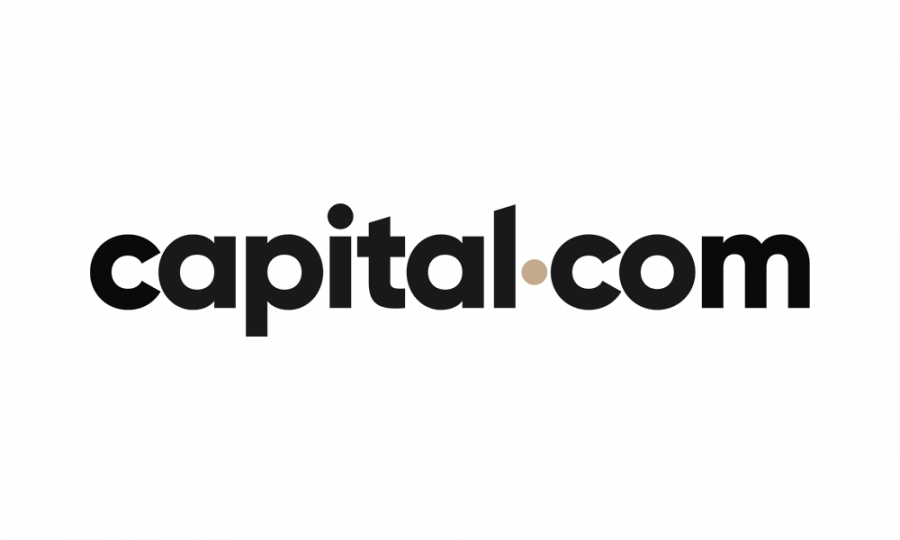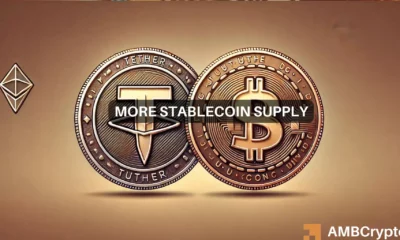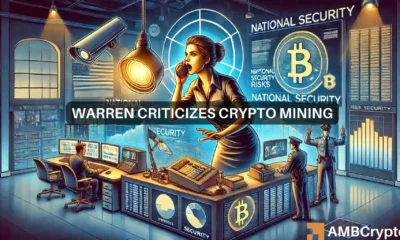
EOS is a blockchain designed to develop decentralized apps (dApps). The vision behind the platform is to combine the best characteristics of different smart contract technologies into one operating dApps system that can scale to thousands of transactions per second.
What is EOS?
- Year of release: 2017
- Ticker symbol: EOS
- Supply limit: 1 billion
- Mineable: no
- Market cap ranking: #5 [with a capitalization of $4.6 billion as of the date of writing]
Given below are seven short facts about one of the most popular cryptocurrencies – EOS.
Key people. Based on the white paper published in 2017, EOS was created by Block.one, a Cayman Islands company led by Brendan Blumer (CEO) and Daniel Larimer (CTO), both having considerable experience in cryptocurrencies. Larimer participated in the creation of the social media platform Steem, Bitshares blockchain and the Delegated Proof of Stake (DPoS) consensus.
Name. There’s no full name for the EOS abbreviation, as the founders decided not to provide any official explanations. As a result, the community has to make its own interpretations, including the Ethereum Operating System and EOS Operating System among others.
System elements. The EOS ecosystem includes two elements – EOS.IO and EOS coins. EOS.IO is a blockchain architecture, similar to an operating system, upon which decentralized apps can be built and scaled vertically and horizontally. EOS is the native token of the EOS network. An EOS holder is eligible for storage and the bandwidth on the blockchain.
Record ICO. EOS can boast a year-long initial coin offering which ended up in the raising of $4 billion on 2nd June 2018. The EOS mainnet was launched on 10 June. EOS used to be an ERC-20 token, meaning it could be kept in any wallet which supported Ethereum. All the tokens that had been distributed on the Ethereum blockchain were transferred to the mainnet.
Decentralised Operating System. On EOS, developers can create and run decentralized applications (dApps) as long as they own the EOS coins. The possession of tokens grants access to EOS blockchain resources. All that is needed is to prove that you have the EOS tokens.
Scalability. Visa and Paypal can process 1,667 and 193 transactions per second respectively. In comparison, Bitcoin manages only 3-4 TSP. Ethereum performs a little better, having around 20 TSP. The reason why blockchain-powered apps lag behind is the slow proof-of-work consensus. EOS is based on the distributed proof-of-stake consensus and claims to have the ability to handle more than 50,000 TSP.
Delegated proof-of-stake. In DPoS systems like EOS, users ‘vote’ to choose those whom they trust. The users who get most votes are called ‘witnesses’, and they are responsible for validating transactions. Votes are weighed in proportion to the size of the voter’s stake. Voting power can even be delegated to other users, who will choose ‘witnesses’ on behalf of the delegators.
What about the EOS value? The EOS price hit an all-time high of $22.89 on 29th April.
At the time of writing, the cryptocurrency is traded slightly above $5. To invest in the crypto, you can purchase it directly from exchanges, such as Binance, Coinswitch, Changelly, Huobi and more. Another way is to trade EOS CFDs, which gives you the possibility to speculate on the EOS price without buying the cryptocurrency in the first place.
For more information, click here.






